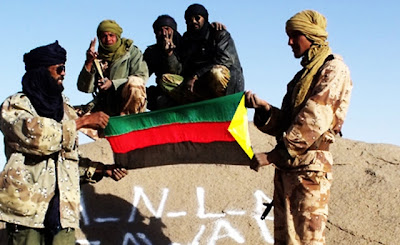Battle of the Crater 1864: Burnside's explosion of the Petersburg Mine

On this day in 1864 the Union Army under the command of General Ambrose Burnsides, (b.1824-1881) in an attempt to break the Siege of Petersburg, Virginia (June 1864-April 1865), exploded an over 500 foot mine dug under Confederate defense in the weeks before in an attempt to overrun General Robert E. Lee's (b.1807-1870) positions. Battle of the Crater, July 30, 1864 Burnsides, the now iconic namesake of sideburns became infamous for this half-cocked, immensely dangerous and ultimately very costly assault. He became the scapegoat and was truly to blame for the disastrous & pointless attacks that followed the explosion of 320 kegs of black powder in the mine dug weeks before by engineers. The explosion failed to open a significant breach anywhere along the Confederate lines. It succeeded in creating a large and relatively deep crater, a sort of canyon or hole which later cost thousands of Union lives during futile charges and assaults to break t...







